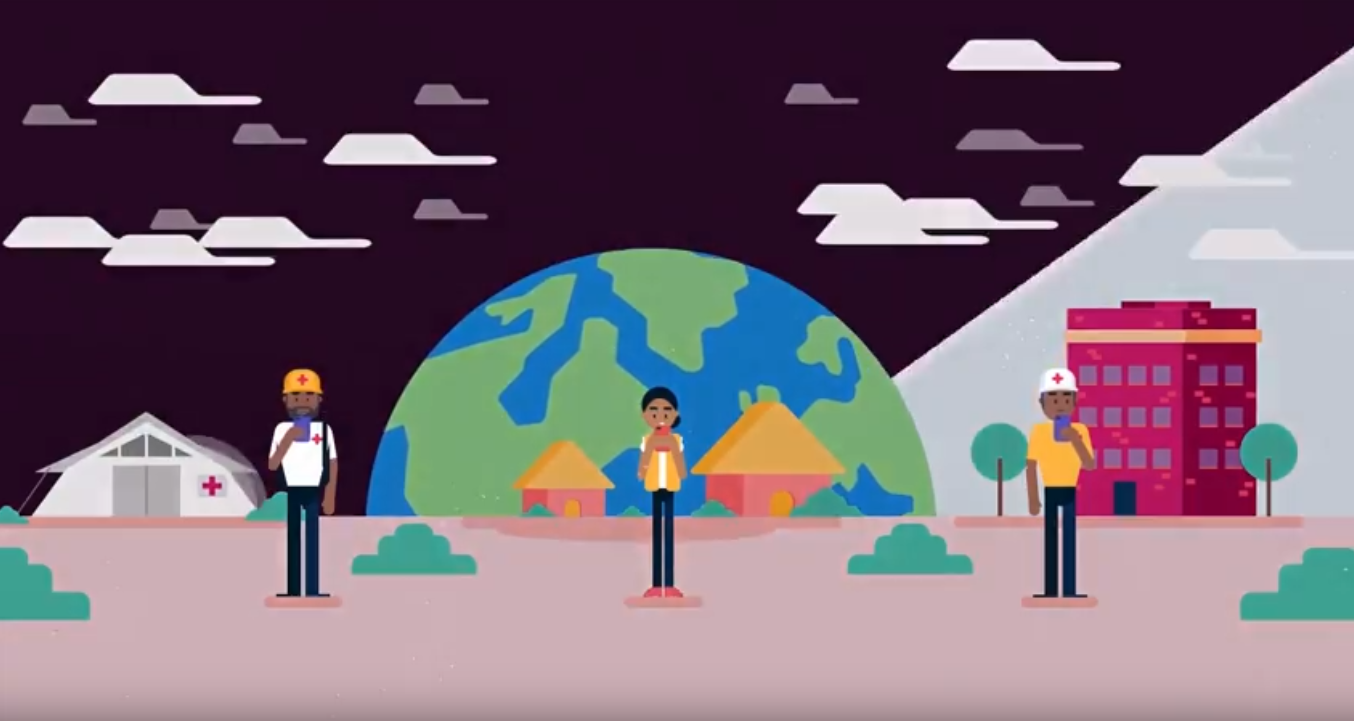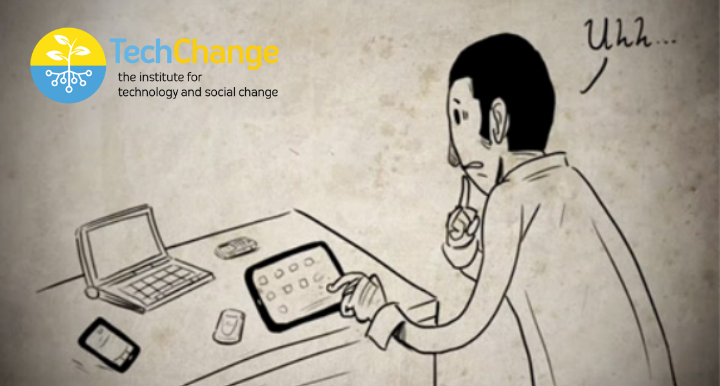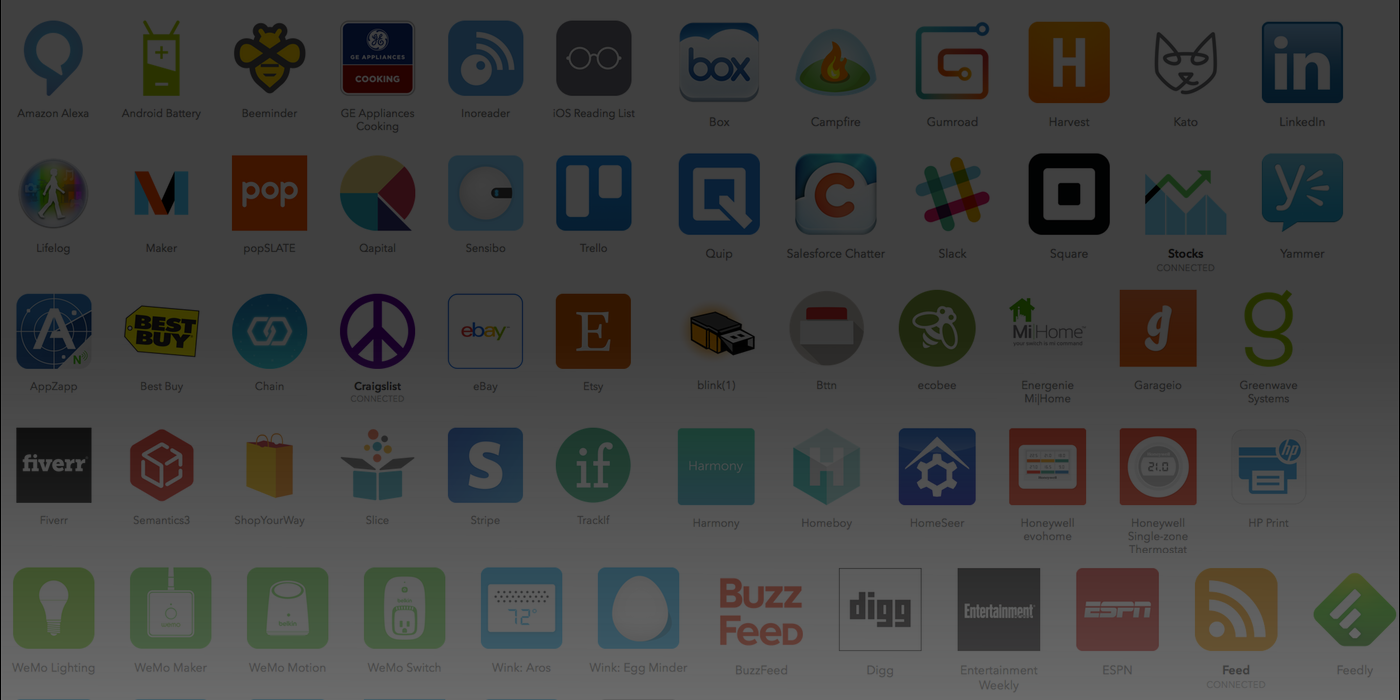Building effective, engaging online content is hard. And unlike still photos or infographics, video and animation can be particularly challenging for delivering consistent, high-quality learning experiences through adding audio and motion.
But regardless of whether you have an interviewee who keeps touching their lavalier microphone or a late storyboard change that shifts an entire animation, music can usually help. Used effectively, music can draw learners into the video, provide an emotional arc to reinforce the narrative, and conclude with an energizing call to action.
While every use case is different, we wanted to share some of our process for selecting the music for our latest demo reels for both video and animation (featuring work and built by John and Yohan of the creative team!). By design, both reels are amalgamations of different projects, some fun and others serious, but still needing to be tightly integrated into one video. So we turned to music and the starting sequence to help us get our look-and-feel the way we wanted the TechChange brand to come across to viewers.
For our animation reel, we decided that we wanted a cheerful, energetic sound with a strong beat so that we could sync up animation transitions. Syncing beats can be easier for animation than video, as we had more control over the speed and variability than we would over a person talking (which could look strange at high or slow speeds). So we started with a short, playful techbot logo animation (designed by 2016 Summer Creative Fellow Katie Wang — thanks Katie!), and let the music do the rest. Take a look for yourself!
For our video reel, we wanted an uplifting track, but ideally more inspirational side than fun. Since it was a video reel, we decided to start with creative use of video footage instead of an animation in order to showcase our work (as well as beautiful b-roll from our 2018 workshop in Mozambique). We also wanted keep the video under a minute, as there’s only so many talking heads and b-roll footage that any casual viewer will want to sit through.
But most importantly, even though both videos were different lengths, topics, and creative mediums, we wanted to give both a consistent “TechChange” feel, but without breaking the bank. We’ve worked with custom scoring and in-person musicians (as you may know from our many Fail Songs from 2016 through 2013, which have their lyrics and guitar chords online), but that can often be time and cost prohibitive.
So….we went online! To a service called PremiumBeat.com and started listening to different samples. After listening to a variety of tracks while watching the draft video with the sound off, we settled on one particular artist (Gyom, a 4x Emmy Nominee) and wanted to have a consistent BPM of around 115 so that even if the music was different, it would sound familiar and consistent. We ultimately settled on the track Body Rock for animation, and Dream Catcher for video. After that, we edited down the “Shorts” we wanted and made sure the loops synced up with the transitions. We bought each track for $49 and then synced it all up to export as a completed video.
This is just one example for two videos, but we also use music and audio editing in many, many different ways to achieve engaging learning experiences. We’ll cover more in future posts, but we hope this short explainer will help you in your learning journey!



